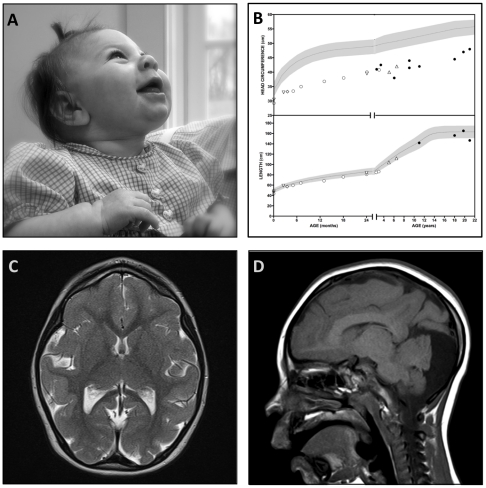Figure 2. Microcephaly and chorioretinopathy due to a homozygous TUBGCP6 mutation.
(A) An affected infant has marked microcephaly (>4SD below normal), a receding forehead, diminutive anterior fontanelle, and sutural ridging. She has cognitive delay and visual impairment but is socially engaged. (B) Head circumference and length plots for Mennonite microcephaly patients. (C) Brain magnetic resonance imaging (MRI) shows diffuse pachygyria, normal myelination, and (D) a hypoplastic cerebellar vermis.

